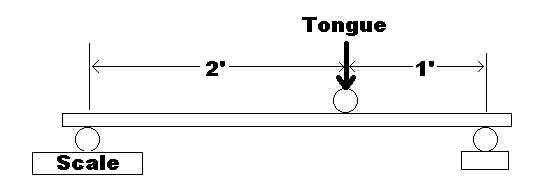PartTimers-HILO
Member
- Joined
- Oct 9, 2010
- Messages
- 25
In part, due to the great answers I've received on this forum, I dared to venture out to Charleston, SC for three days. Extended my distance to 150 miles.
I learned something there from another camper about my WD gear. Instead of linking the WD bars after dropping the trailer on the hitch, hook up the bars with the receiver just above the hitch ball and the weight still on the tongue jack. I got an extra chain link worth of lift which seemed to help. Some may recall that I've been worried about how much my TV drops in the back when I hook up.
Sorry about my terminology. I don't know the proper names of all these parts, yet.
I learned something there from another camper about my WD gear. Instead of linking the WD bars after dropping the trailer on the hitch, hook up the bars with the receiver just above the hitch ball and the weight still on the tongue jack. I got an extra chain link worth of lift which seemed to help. Some may recall that I've been worried about how much my TV drops in the back when I hook up.
Sorry about my terminology. I don't know the proper names of all these parts, yet.


